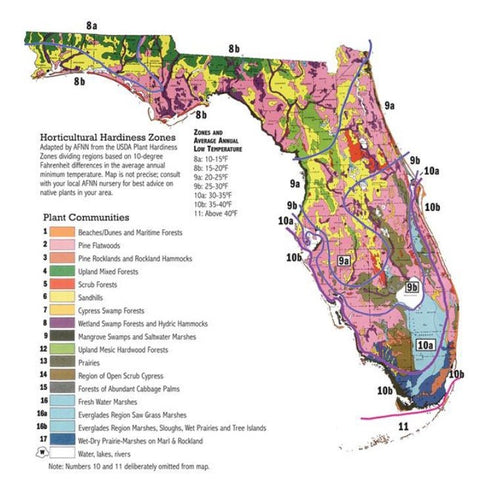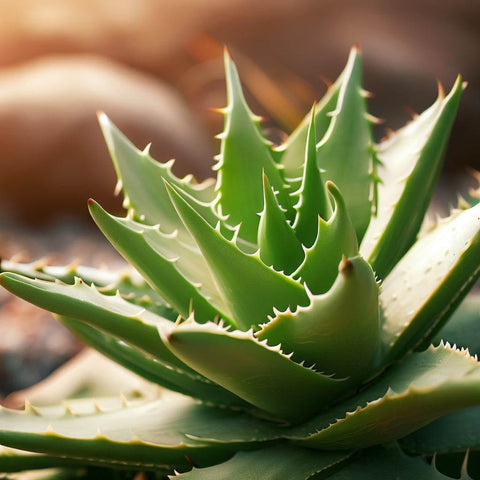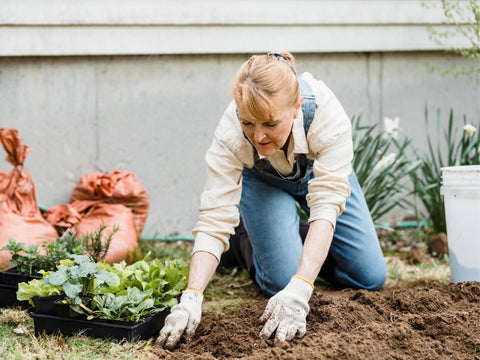As horticulturists and professionals in the plant industry, we know that each plant is unique, much like humans. In this comprehensive guide, we will delve into how professionals measure and categorize plants and trees to provide you with a better understanding of plant sizing.
Accurate measurements are crucial for making informed decisions when selecting plants for your landscape. At Plantology, we prioritize transparency and accuracy in our measurements. Unlike some plant and tree companies, we measure our trees from the base of the soil to the top of the tree, excluding the pot height from the measurement. This ensures that you get a clear representation of the actual tree size and avoids misleading information.
Shrubs

When it comes to shrubs, our standardized container sizes provide convenient reference points. A 6" pot refers to the inside diameter measurement, allowing for consistent comparisons across different shrubs. It's important to note that the outside diameter and pot height may vary depending on the specific style used by the manufacturer.
In a 1-gallon pot, the height typically ranges from approximately 5 to 7 inches, striking a balance between compactness and sufficient soil volume for optimal plant growth. The outer diameter of the pot generally falls between 6 to 6.5 inches, ensuring stability and a well-proportioned base for the shrub.
Moving up to our commonly referred 10" pot size, which indicates the inside diameter measurement, these pots can accommodate 3-gallon or 5-gallon sizes. A 5-gallon pot stands at a height of approximately 8.5 to 12 inches, providing ample space for healthy root development.
With an outer diameter of around 11 inches, our shrub pots offer stability and room for the plant to flourish. It's important to keep in mind that the actual size of the shrub can vary in both height and width, allowing for a diverse range of options to suit your specific landscaping preferences.
Citrus Trees

For citrus trees, we use container sizes to provide an accurate representation of their dimensions. A 5-gallon tree falls within the small to medium size range, striking a perfect balance between manageable proportions and impressive growth potential. These trees typically stand at an average height of 3-6 feet, contributing to your landscape without overpowering the surroundings. The trunk diameter ranges from 0.5 to 1 inch, indicating the tree's youthful strength and vitality.
Introducing our remarkable 15-gallon container trees, specially cultivated in containers that hold approximately 15 gallons of nutrient-rich soil. These larger container sizes offer enhanced growth potential and a substantial presence in your landscape. The size of each 15-gallon tree varies depending on its species and age. Generally considered medium to large in size, these trees proudly stand at a height of 5-6 feet when including the pot. With a trunk diameter ranging from 1 to 1.5 inches, they exhibit strength and maturity that is sure to captivate.
Perennials

Perennials are categorized based on their container size, height, spread, and growth habit. Container sizes such as 1-gallon, 2-gallon, or 5-gallon represent the approximate volume of soil the container can hold, giving you an idea of the plant's maturity and root development.
Height refers to how tall the plant typically grows, while spread refers to the width or diameter it can reach. Understanding these measurements helps determine the space required for the plant in your garden.
Additionally, perennials are categorized based on their growth habit, such as clumping, spreading, trailing, or upright. This information allows you to plan and design your garden more effectively by considering how the plant will fill out its space and interact with other plants.
Palm Trees

Palm trees, known for their tropical appeal, are sized based on the container they are grown in. Common container sizes include 1-gallon, 5-gallon, 15-gallon, and larger options. These sizes indicate the volume of soil the container can hold, providing insight into the tree's maturity and root development.
In addition to container size, palm trees are described in terms of their height, trunk size, and canopy spread. Height refers to the overall vertical measurement of the palm tree, giving you an idea of its potential height when fully grown. Trunk size refers to the diameter or circumference of the trunk at a specific height above the ground, indicating the thickness and maturity of the tree.
The canopy spread, which represents the width or diameter of the palm tree's leafy crown, helps determine the space required for the tree to grow and display its fronds.
It's worth noting that palm trees exhibit varying growth rates, with some species growing slowly while others grow more rapidly. Considering the growth rate is essential when selecting a palm tree, as it influences the immediate impact and maintenance requirements of the tree.
Furthermore, specific terms such as "seedling," "juvenile," or "mature" may be used to categorize palm trees based on their stage of development and size. Each palm tree species has its own expected size range and growth characteristics, providing a diverse selection to suit different landscaping needs.
By understanding the sizing parameters and characteristics of different plants, you can make informed decisions that align with your landscape design goals. Whether you're looking for compact shrubs, vibrant perennials, or majestic palm trees, considering their sizes and growth habits ensures a harmonious and visually appealing garden or outdoor space.
At Plantology, we are committed to providing accurate sizing information and premium quality plants to help you create the garden of your dreams. With our expertise and extensive selection, you can confidently choose the right plants that will thrive in your specific environment and enhance the beauty of your surroundings.
So, whether you're a seasoned horticulturist or a gardening enthusiast, understanding plant sizing is a fundamental aspect of creating stunning landscapes. With this knowledge in your arsenal, you can embark on your plant journey with confidence and create a flourishing outdoor haven that brings joy and beauty year after year.






























Comments (0)
There are no comments for this article. Be the first one to leave a message!